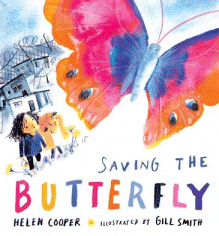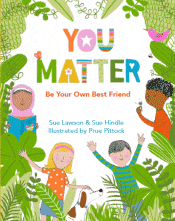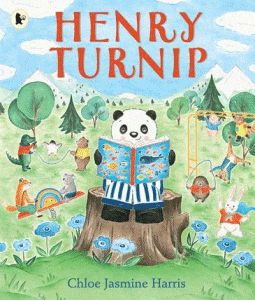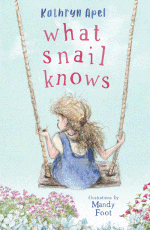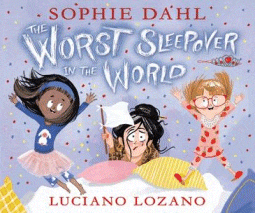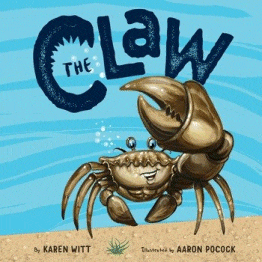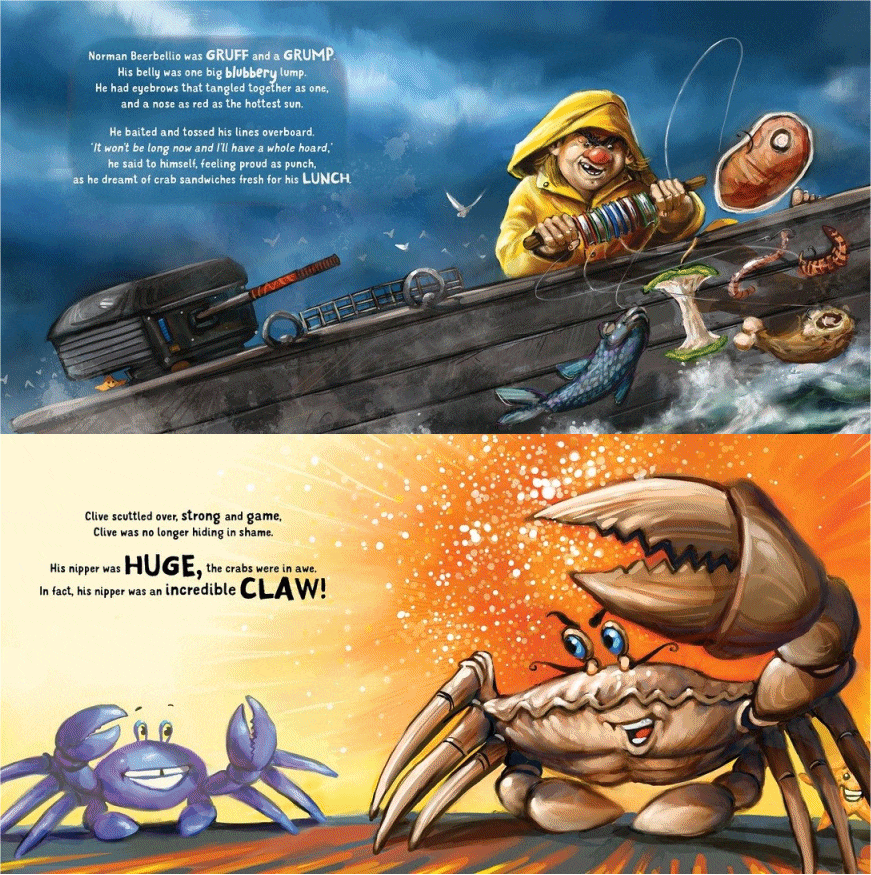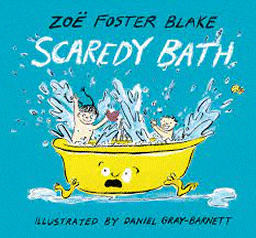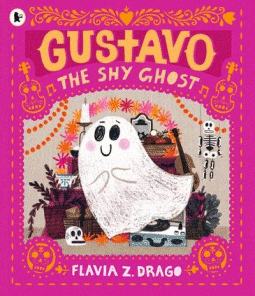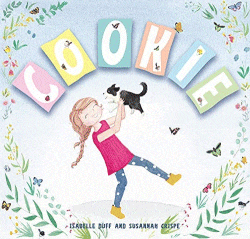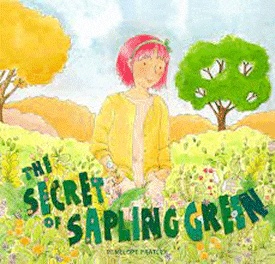
The Secret of Sapling Green
The Secret of Sapling Green
Penelope Pratley
EK Books, 2022
32pp., hbk., RRP $A24.99
9781925820980
Sometimes being different can be cool, but when your talent is growing things, and your thumbs are literally green, it isn’t. Until it is…
Sapling Green has always hidden her big secret – her green thumbs. As the others play in the schoolyard, even helping to create a new garden, she shoves her hands in her pockets and hides her thumbs. Much as she would like to help, the library is her refuge as she watches Wynn climb the old, bare tree in the yard.
But one day it is damaged in a storm, and Wynn becomes more and more morose, particularly when the diagnosis is that the tree must be cut down. Is it time for Sapling to be brave enough to show her classmates her secret and save the tree?
Every class has its mix of the quiet and the boisterous and yet both might be behaviours covering similar insecurities. Because while Sapling Green’s might be made overtly obvious in the story, why does Wynn become so despondent so quickly when the tree is damaged? Does he feel his place in the playground, perhaps in the world, is entirely dependent on his tree-climbing prowess? So while this story has a familiar theme of our differences being our strengths, it is also an opportunity for students to consider the behaviours of others and begin to develop understanding, empathy and compassion. Doing it at arm’s length through story is much less fearful and confronting than actual examples of their classmates, but it does offer a way of viewing others through a different lens. It is an opportunity to discover that our beliefs, values, thoughts, attitudes and actions are unique to us because of the experiences we have had, and that there are those whose lives are vastly different, even though, externally, they are similar.
Inspired by her son’s diagnosis of autism, the author wanted “to portray a character who isn’t neurotypical. A character who learns to accept themselves and be accepted by others simply for being who they are.” But, IMO, it becomes more than this because by delving deeper, not only does Sapling Green accept herself but others accept her too, allowing her to build trust in others that can lead to long-term bonds. Just look at how Wynn’s relationship with her changes.
We are not empty pots like those portrayed on the front endpaper – we each have magic hidden in our depths that allows us to bloom as individually as the pots on the back…
